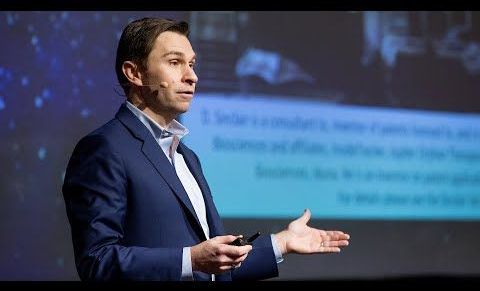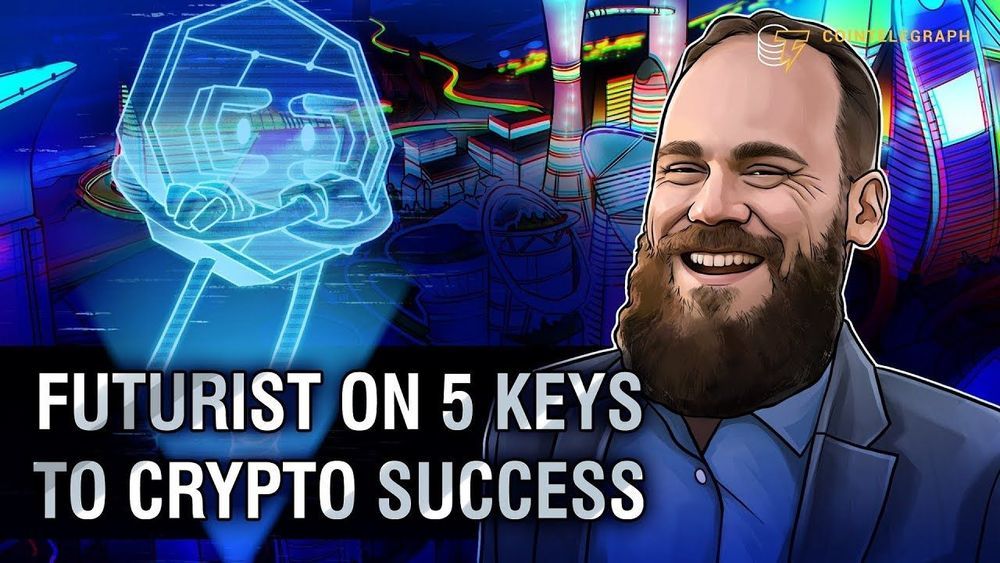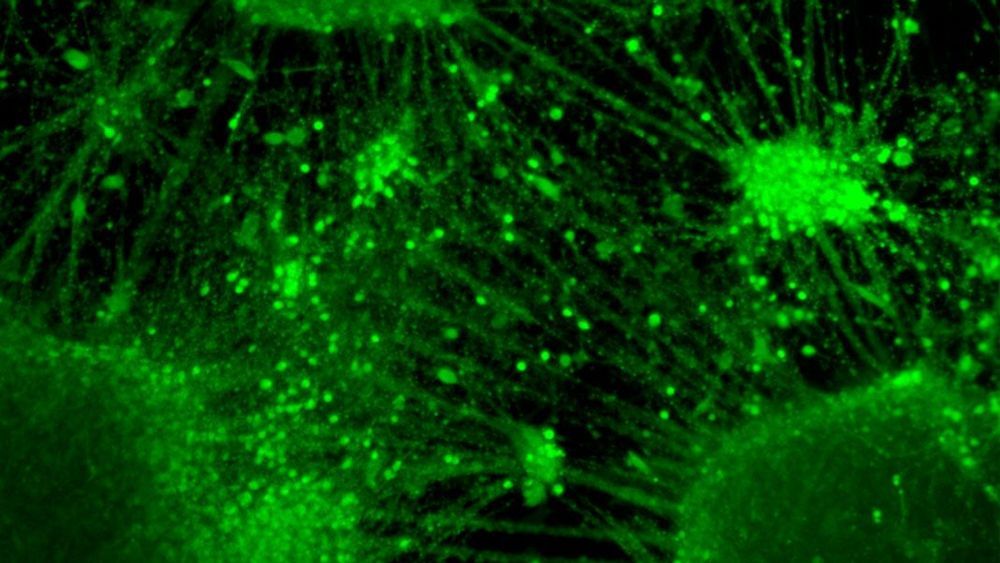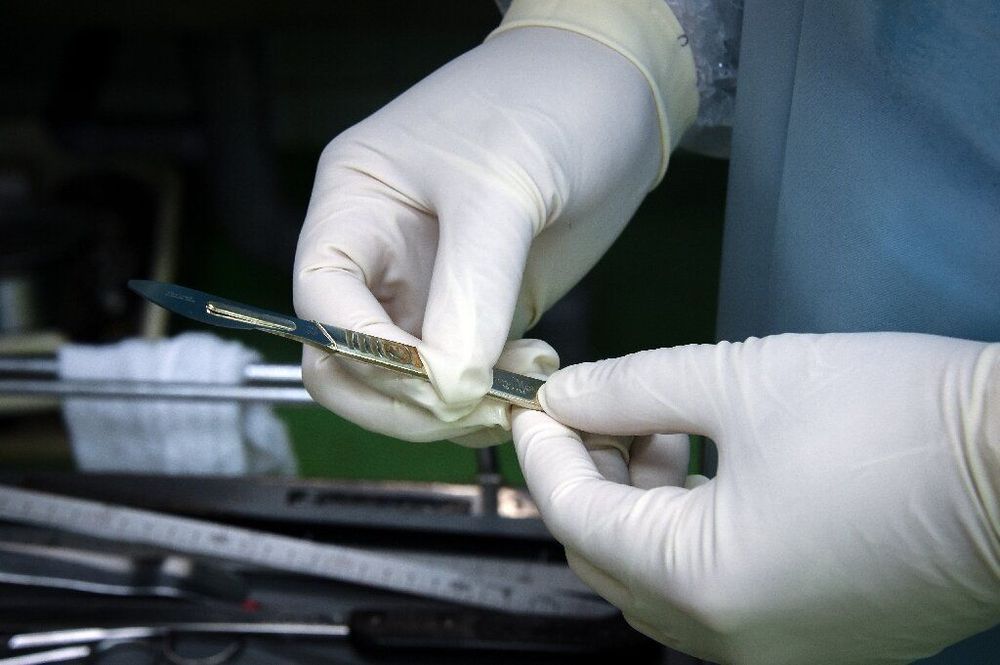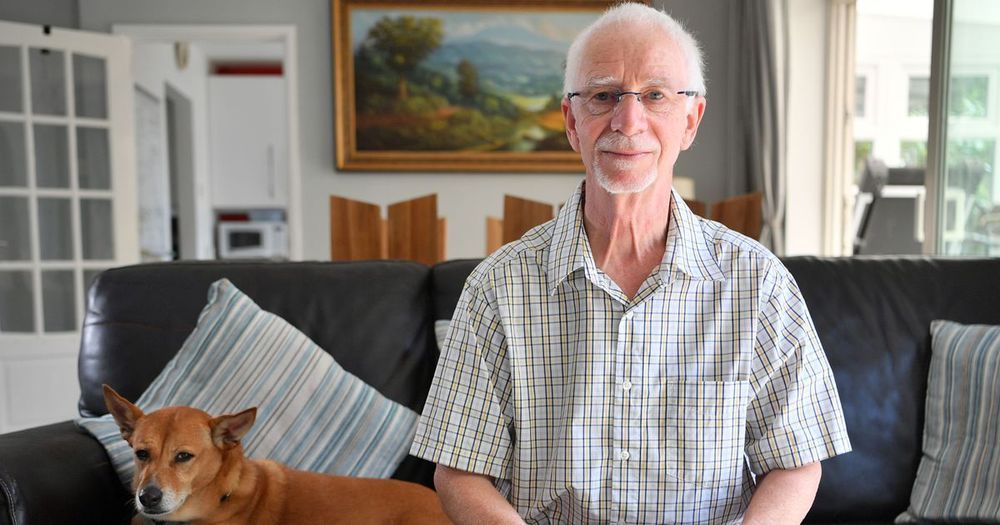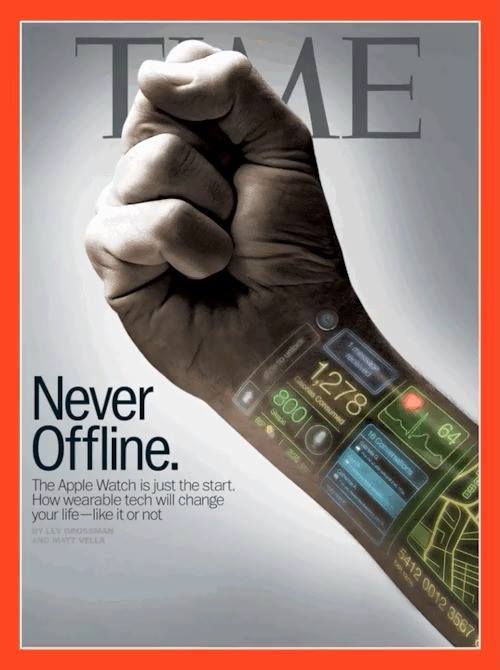Renowned longevity researcher David Sinclair believes aging is not inevitable but a treatable condition. In his talk at Science Unlimited 2019, he explained why we age – and how we can reverse aging to extend human healthspan and lifespan.
David Sinclair is Professor in the Department of Genetics, Blavatnik Institute and co-Director of the Paul F. Glenn Center for the Biological Mechanisms of Aging at Harvard Medical School. Science Unlimited is held in Montreux, Switzerland, as part of the annual Frontiers Forum. See all speakers: https://forum.frontiersin.org
